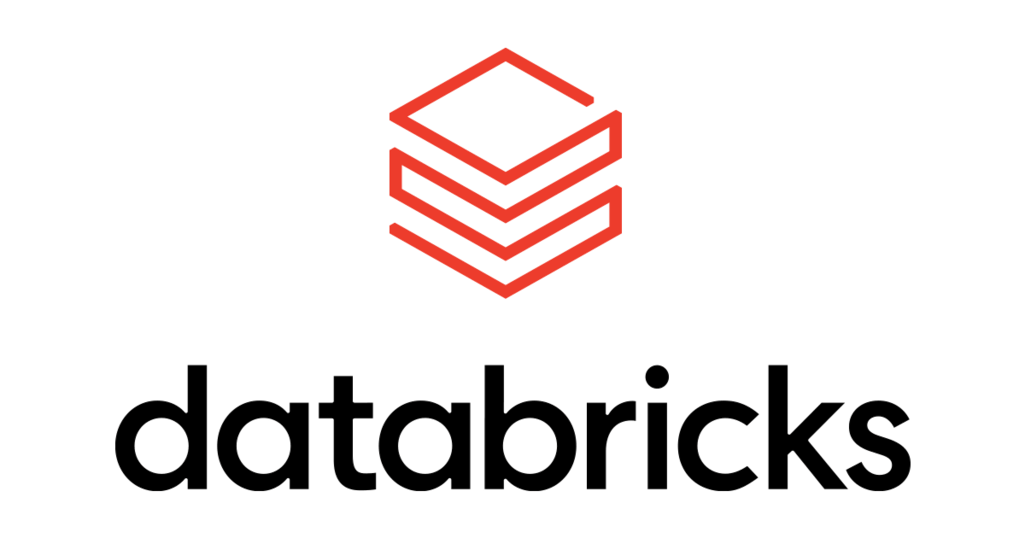The medallion architecture is a design pattern for data lakehouses that helps organizations effectively manage and analyze data at scale.
This approach addresses the challenges of data processing, storage, and retrieval by organizing data into different layers based on its processing and access requirements.
Below we have a high level look at the medallion architecture, discuss some benefits, explain when you may consider using it, and share some best practices for implementing it in your data lakehouse.
What is a Medallion Architecture?
The medallion architecture divides data in a data lakehouse into three primary layers, each serving a specific purpose:
Bronze Layer: Also known as the raw or ingestion layer, this layer stores raw, unprocessed data ingested from various sources in its native format. The data in the Bronze layer is typically immutable and retained for compliance and historical purposes.
Silver Layer: This layer contains processed, cleaned, and enriched data derived from the Bronze layer. Data in the Silver layer is transformed into a standardized format, making it more suitable for analytics and reporting.
Gold Layer: The Gold layer holds aggregated and summarized data, which has been further processed and optimized for specific business use cases, such as reporting, machine learning, or advanced analytics.
Benefits of a Medallion Architecture
Some benefits of this architecture include:
Improved data quality: By separating raw and processed data into distinct layers, the medallion architecture promotes data quality by ensuring that each layer undergoes appropriate processing, cleaning, and validation.
Scalability: The layered approach allows organizations to scale their data processing and storage independently for each layer, enabling efficient resource utilization and management.
Flexibility: Medallion architecture supports various types of data processing and analytics workloads, making it adaptable to different organizational requirements and use cases.
Enhanced performance: By organizing data into optimized layers, the medallion architecture can improve query performance and reduce processing times for analytics and reporting tasks.
Simplified data governance: The layered structure promotes better data governance by enforcing schema evolution, data lineage, and access controls at each layer.
When to Use a Medallion Architecture
Organizations should consider adopting medallion architecture in their data lakehouse when:
They handle diverse data types, sources, and volumes, requiring a scalable and flexible data management solution.
They need to improve data quality and governance across their data lakehouse.
They have a variety of data processing, analytics, and reporting workloads, necessitating a flexible architecture to cater to different use cases.
They require improved query performance and reduced processing times for analytics tasks.
Best Practices for Implementing Medallion Architecture
Some best practices tips from our team include:
Data ingestion and storage: Ensure a robust data ingestion pipeline to capture data from various sources and store it in the Bronze layer in its native format. Use efficient file formats like Parquet or Avro to optimize storage and query performance.
Data processing and transformation: Leverage scalable and distributed data processing frameworks like Apache Spark or Databricks to transform, clean, and enrich data as it moves from the Bronze to Silver and Gold layers.
Schema management: Enforce schema evolution and validation at each layer to maintain data quality and consistency across the data lakehouse.
Data lineage and cataloging: Implement data lineage tracking and cataloging tools to provide visibility into data flow and dependencies across the layers.
Access control and security: Establish granular access controls and security measures for each layer, ensuring that users can only access the data they are authorized to see.
Performance optimization: Implement techniques like partitioning, indexing, and caching to optimize query performance and reduce processing times for analytics tasks in the Silver and Gold layers.
Monitoring and auditing: Set up monitoring and auditing tools to track data usage, performance, and resource utilization across the layers, enabling proactive identification and resolution of potential issues.
Data retention and archiving: Define data retention and archiving policies for each layer, taking into consideration regulatory compliance, historical analysis, and storage costs.
Training and documentation: Invest in training your data engineering and analytics teams on the Medallion architecture and related technologies to ensure they can effectively leverage the new architecture. Maintain clear documentation of data processing, transformation, and governance processes across the layers.
Learn More
The medallion architecture offers a powerful solution for organizations looking to effectively manage and analyze large-scale, diverse data sets in their data lakehouse:
- By organizing data into distinct layers based on its processing and access requirements, the medallion architecture promotes improved data quality, scalability, flexibility, performance, and governance.
- By understanding the benefits, use cases, and best practices associated with this approach, organizations can successfully implement medallion architecture in their data lakehouse and unlock its full potential for driving insights and value from their data.
Contact us to learn more.






